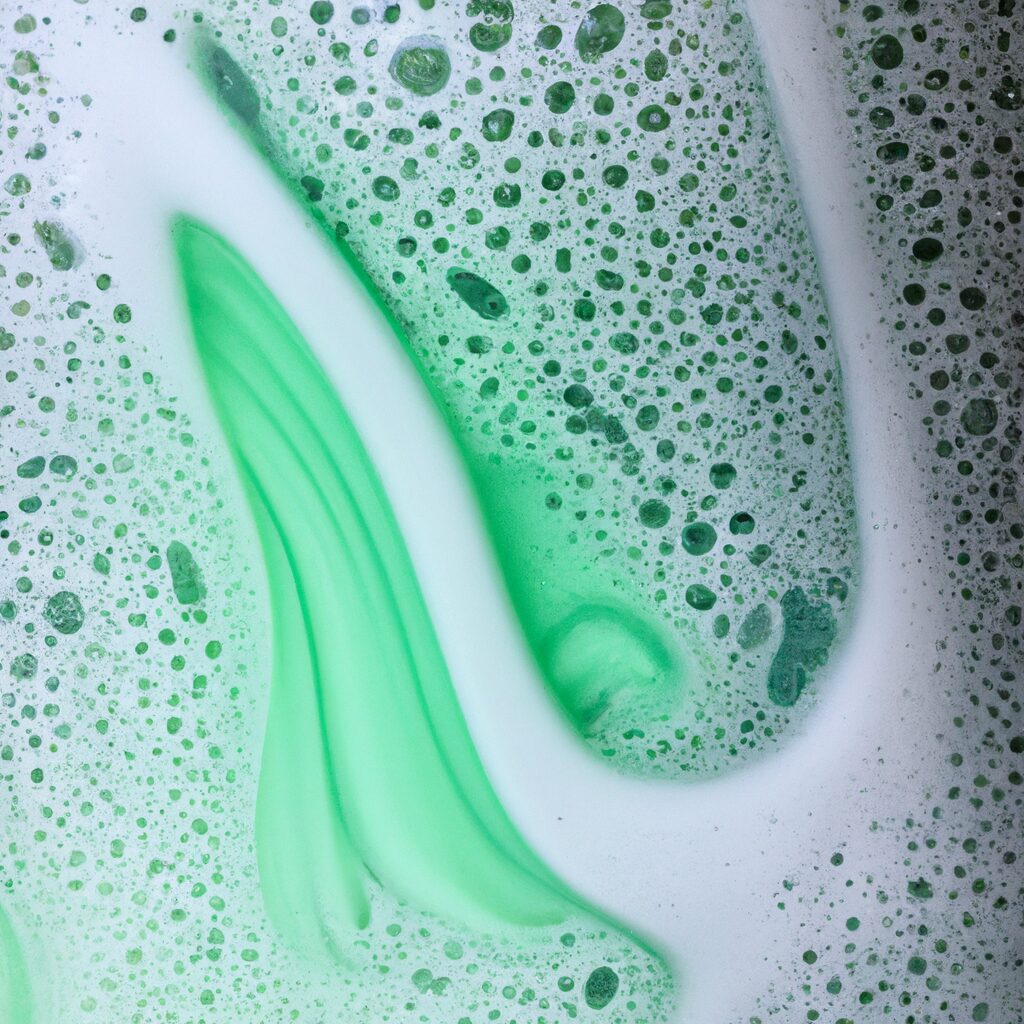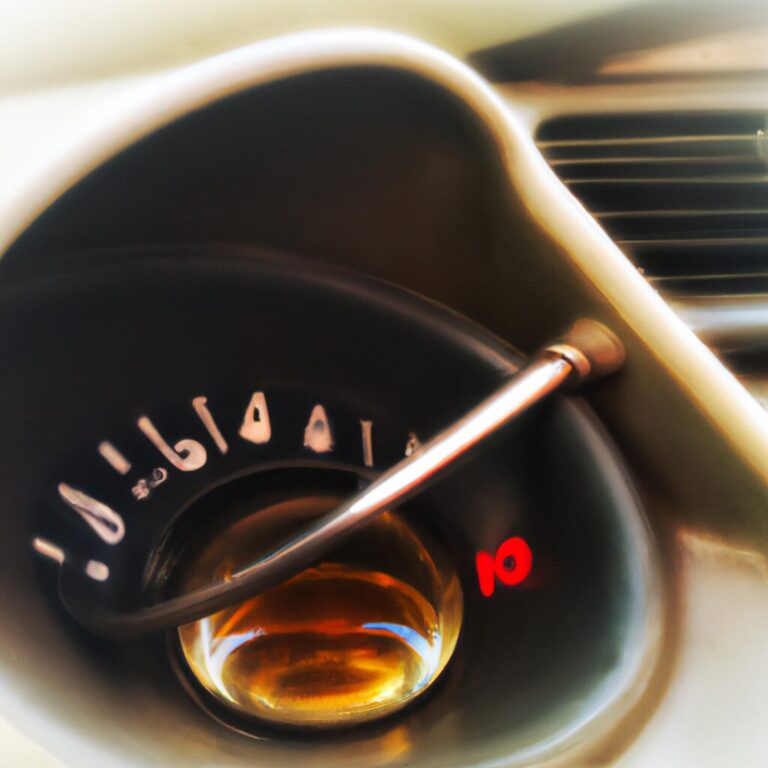foamy antifreeze what does it mean
Introduction
Foamy antifreeze is a type of antifreeze that is used in automotive cooling systems to prevent the engine from freezing in cold temperatures. It is a combination of ethylene glycol and water, and it is designed to lower the freezing point of the liquid in the cooling system. Foamy antifreeze also helps to protect the engine from corrosion and overheating. It is important to use the correct type of antifreeze in your vehicle to ensure that it is protected from the cold temperatures and other environmental factors.
What is Foamy Antifreeze and How Does it Work?
Foamy antifreeze is a type of antifreeze that is used in automotive engines to prevent the engine from freezing in cold temperatures. It is a combination of ethylene glycol and water, with a surfactant added to create a foam. The surfactant helps to reduce the surface tension of the liquid, allowing it to form a foam.
The foam helps to protect the engine from freezing by providing an insulating layer between the engine and the cold air. The foam also helps to reduce the amount of heat that is lost from the engine, allowing it to maintain a more consistent temperature. This helps to reduce the amount of wear and tear on the engine, as well as reducing the risk of damage due to freezing.
Foamy antifreeze is also beneficial in that it helps to reduce the amount of corrosion that can occur in the engine. The foam helps to reduce the amount of oxygen that is present in the engine, which helps to reduce the amount of corrosion that can occur.
Foamy antifreeze is an important part of keeping an engine running smoothly and efficiently. It helps to protect the engine from freezing, reduce the amount of heat that is lost, and reduce the amount of corrosion that can occur. It is important to use the correct type of antifreeze for your engine, as using the wrong type can cause damage to the engine.
The Benefits of Using Foamy Antifreeze in Your Vehicle
Using foamy antifreeze in your vehicle can provide a number of benefits. Foamy antifreeze is a type of antifreeze that is designed to be more efficient than traditional antifreeze. It is made up of a combination of glycol and water, and it is designed to provide superior protection against freezing and boiling.
One of the primary benefits of using foamy antifreeze in your vehicle is that it is more efficient than traditional antifreeze. Foamy antifreeze is designed to be more effective at preventing the engine from overheating, as well as providing superior protection against freezing. This means that your engine will be better protected from the extreme temperatures that can occur during the summer and winter months.
Another benefit of using foamy antifreeze in your vehicle is that it is more cost-effective than traditional antifreeze. Foamy antifreeze is designed to last longer than traditional antifreeze, which means that you will not have to replace it as often. This can save you money in the long run, as you will not have to purchase new antifreeze as often.
Finally, using foamy antifreeze in your vehicle can help to reduce the amount of maintenance that you need to do on your vehicle. Foamy antifreeze is designed to be more resistant to corrosion and rust, which means that you will not have to worry about replacing parts as often. This can help to reduce the amount of time and money that you spend on maintenance.
Overall, using foamy antifreeze in your vehicle can provide a number of benefits. It is more efficient than traditional antifreeze, more cost-effective, and can help to reduce the amount of maintenance that you need to do on your vehicle. If you are looking for a way to protect your engine from extreme temperatures and reduce the amount of maintenance that you need to do, then foamy antifreeze may be the right choice for you.
How to Diagnose and Treat Foamy Antifreeze Problems
Antifreeze is an important component of any vehicle’s cooling system, and it is essential to keep it in good condition. Foamy antifreeze is a sign of a problem in the cooling system, and it is important to diagnose and treat the issue as soon as possible.
Diagnosing the Problem
The first step in diagnosing a foamy antifreeze problem is to check the coolant level. If the coolant level is low, it could be a sign of a leak in the system. If the coolant level is normal, then the issue could be caused by air in the system. Air can enter the system through a leak in the radiator or a faulty radiator cap.
Another possible cause of foamy antifreeze is a faulty water pump. If the water pump is not working properly, it can cause air to be drawn into the system.
Treating the Problem
Once the cause of the foamy antifreeze has been identified, it is important to take steps to fix the issue. If the coolant level is low, it should be topped up with a 50/50 mix of antifreeze and water. If the coolant level is normal, then the radiator cap should be checked and replaced if necessary.
If the issue is caused by a faulty water pump, then the pump should be replaced. It is also important to check the hoses and other components of the cooling system for any signs of wear or damage.
In some cases, the foamy antifreeze may be caused by a buildup of sludge or other contaminants in the system. If this is the case, then the system should be flushed and refilled with fresh antifreeze.
Conclusion
Foamy antifreeze is a sign of a problem in the cooling system, and it is important to diagnose and treat the issue as soon as possible. The cause of the issue should be identified, and then the necessary steps should be taken to fix the problem. This may involve topping up the coolant, replacing the radiator cap, or replacing the water pump. In some cases, the system may need to be flushed and refilled with fresh antifreeze.
The Different Types of Foamy Antifreeze and Their Uses
Antifreeze is a liquid solution that is used to lower the freezing point of a liquid and increase its boiling point. It is commonly used in automobiles, but can also be used in other applications such as cooling systems, air conditioning systems, and solar water heaters. Foamy antifreeze is a type of antifreeze that is designed to create a foam when it is mixed with water. This foam helps to reduce the risk of corrosion and cavitation in cooling systems.
There are several different types of foamy antifreeze available on the market. The most common type is ethylene glycol-based antifreeze, which is typically used in automobiles. This type of antifreeze is designed to provide protection against freezing and boiling, as well as corrosion and cavitation. It is also designed to be compatible with most metals and plastics used in cooling systems.
Propylene glycol-based antifreeze is another type of foamy antifreeze that is commonly used in automobiles. This type of antifreeze is designed to provide protection against freezing and boiling, as well as corrosion and cavitation. It is also designed to be compatible with most metals and plastics used in cooling systems.
Glycerin-based antifreeze is a type of foamy antifreeze that is designed to provide protection against freezing and boiling, as well as corrosion and cavitation. It is also designed to be compatible with most metals and plastics used in cooling systems. This type of antifreeze is often used in air conditioning systems and solar water heaters.
Finally, there is a type of foamy antifreeze that is designed to provide protection against freezing and boiling, as well as corrosion and cavitation. This type of antifreeze is often used in industrial applications, such as cooling systems for large machinery.
No matter what type of foamy antifreeze you choose, it is important to make sure that it is compatible with the metals and plastics used in your cooling system. Additionally, it is important to follow the manufacturer’s instructions for use and maintenance. By doing so, you can ensure that your cooling system is protected from freezing and boiling, as well as corrosion and cavitation.
How to Properly Maintain Your Foamy Antifreeze System
Maintaining a foamy antifreeze system is essential for ensuring the longevity and efficiency of your vehicle. Proper maintenance of the system will help to prevent costly repairs and breakdowns. Here are some tips for properly maintaining your foamy antifreeze system.
First, check the antifreeze level in the radiator regularly. The antifreeze should be at the full mark on the dipstick. If it is low, add more antifreeze to the system. Be sure to use the correct type of antifreeze for your vehicle.
Second, inspect the hoses and clamps that connect the radiator to the engine. Look for any signs of wear or damage, such as cracks, bulges, or leaks. If any of these are present, replace the hoses and clamps immediately.
Third, check the radiator cap for any signs of wear or damage. If the cap is cracked or damaged, replace it immediately.
Fourth, inspect the radiator for any signs of corrosion or rust. If any is present, flush the system and replace the radiator.
Finally, check the thermostat and replace it if necessary. The thermostat helps to regulate the temperature of the engine and should be replaced if it is not functioning properly.
By following these tips, you can ensure that your foamy antifreeze system is properly maintained and functioning optimally. Regular maintenance will help to prevent costly repairs and breakdowns, and will help to keep your vehicle running smoothly.
The Dangers of Using the Wrong Type of Foamy Antifreeze
Antifreeze is a vital component of any vehicle’s cooling system, as it helps to keep the engine from freezing in cold weather. However, it is important to use the correct type of antifreeze in order to ensure the safety and efficiency of the vehicle. Using the wrong type of foamy antifreeze can have serious consequences.
The most common type of antifreeze is ethylene glycol, which is a colorless, odorless liquid. Foamy antifreeze is a type of antifreeze that contains a surfactant, which causes it to foam when agitated. This type of antifreeze is not suitable for use in most vehicles, as it can cause a number of problems.
One of the most serious dangers of using the wrong type of foamy antifreeze is that it can cause corrosion in the cooling system. The surfactant in the antifreeze can react with the metal components of the cooling system, causing them to corrode and break down. This can lead to leaks and other problems, which can be costly to repair.
In addition, foamy antifreeze can also cause the cooling system to become clogged. The surfactant can cause a buildup of sludge and other debris, which can block the flow of coolant and reduce the efficiency of the cooling system. This can lead to overheating, which can cause serious damage to the engine.
Finally, foamy antifreeze can also cause the engine to run less efficiently. The surfactant can reduce the lubrication of the engine, which can cause it to run less smoothly and use more fuel. This can lead to higher fuel costs and reduced performance.
It is important to use the correct type of antifreeze in order to ensure the safety and efficiency of the vehicle. Using the wrong type of foamy antifreeze can have serious consequences, including corrosion, clogging, and reduced engine efficiency. Therefore, it is important to consult a professional before using any type of antifreeze in your vehicle.
How to Choose the Right Foamy Antifreeze for Your Vehicle
When it comes to choosing the right antifreeze for your vehicle, it is important to consider the type of antifreeze that is best suited for your vehicle. Foamy antifreeze is a type of antifreeze that is designed to protect your vehicle from freezing temperatures and corrosion. It is important to choose the right type of foamy antifreeze for your vehicle in order to ensure that it is properly protected.
The first step in choosing the right foamy antifreeze for your vehicle is to determine the type of engine that your vehicle has. Different types of engines require different types of antifreeze. For example, some engines require a specific type of antifreeze that is designed for that particular engine. It is important to check your vehicle’s owner’s manual to determine the type of antifreeze that is recommended for your vehicle.
Once you have determined the type of engine that your vehicle has, you can then begin to look for the right type of foamy antifreeze. There are several different types of foamy antifreeze available on the market. It is important to read the labels on the antifreeze containers to ensure that you are purchasing the right type of antifreeze for your vehicle.
When selecting the right type of foamy antifreeze for your vehicle, it is also important to consider the climate in which you live. Different types of antifreeze are designed to protect your vehicle in different climates. For example, some antifreeze is designed to protect your vehicle in cold climates, while other antifreeze is designed to protect your vehicle in hot climates. It is important to select the right type of antifreeze for the climate in which you live.
Finally, it is important to consider the cost of the antifreeze when selecting the right type of foamy antifreeze for your vehicle. Different types of antifreeze can vary in price, so it is important to compare prices before making a purchase.
By following these steps, you can ensure that you are selecting the right type of foamy antifreeze for your vehicle. Choosing the right type of antifreeze can help to protect your vehicle from freezing temperatures and corrosion, and can help to extend the life of your vehicle.
The Latest Innovations in Foamy Antifreeze Technology
The use of antifreeze in automobiles has been a common practice for many years. Antifreeze helps to keep the engine cool and prevents it from freezing in cold weather. Recently, there have been several innovations in foamy antifreeze technology that have made it even more effective and efficient.
One of the most recent innovations in foamy antifreeze technology is the use of polyalkylene glycol (PAG) as a base fluid. PAG is a synthetic lubricant that is more resistant to oxidation and thermal breakdown than traditional antifreeze fluids. This makes it ideal for use in engines that operate at higher temperatures. PAG also has a higher boiling point than traditional antifreeze, which helps to reduce the risk of engine overheating.
Another innovation in foamy antifreeze technology is the use of surfactants. Surfactants are compounds that reduce the surface tension of liquids, allowing them to mix more easily. This makes it easier for the antifreeze to mix with the engine oil, which helps to improve the lubrication of the engine.
Finally, foamy antifreeze technology has been improved by the addition of corrosion inhibitors. Corrosion inhibitors are compounds that help to protect the metal components of the engine from corrosion. This helps to extend the life of the engine and reduce the need for costly repairs.
These are just a few of the latest innovations in foamy antifreeze technology. By using these new technologies, automobile owners can enjoy improved engine performance and increased protection from corrosion and overheating.
Q&A
1. What is foamy antifreeze?
Foamy antifreeze is a type of antifreeze that contains air bubbles, which can form when the antifreeze is agitated or mixed with water. This type of antifreeze is not recommended for use in automotive engines, as it can cause damage to the cooling system.
2. What are the benefits of using foamy antifreeze?
Foamy antifreeze can provide some benefits, such as improved heat transfer and increased lubricity. It can also help to reduce the risk of corrosion in the cooling system.
3. What are the drawbacks of using foamy antifreeze?
The main drawback of using foamy antifreeze is that it can cause damage to the cooling system, as the air bubbles can cause cavitation and reduce the efficiency of the cooling system. Additionally, foamy antifreeze can be difficult to remove from the system, as it can form a foam-like substance that can clog the cooling system.
4. How do I know if my antifreeze is foamy?
If your antifreeze has a foamy or bubbly appearance, then it is likely foamy antifreeze. Additionally, if you shake the antifreeze and it produces a lot of bubbles, then it is likely foamy antifreeze.
5. What should I do if my antifreeze is foamy?
If your antifreeze is foamy, then you should drain it from the system and replace it with a non-foamy antifreeze. Additionally, you should inspect the cooling system for any signs of damage that may have been caused by the foamy antifreeze.
6. Is foamy antifreeze safe to use?
No, foamy antifreeze is not recommended for use in automotive engines, as it can cause damage to the cooling system.
7. How often should I change my antifreeze?
It is recommended that you change your antifreeze every two years or 24,000 miles, whichever comes first.
8. What type of antifreeze should I use?
It is recommended that you use a non-foamy antifreeze, such as ethylene glycol or propylene glycol. Additionally, you should use an antifreeze that is specifically designed for your vehicle’s make and model.
Conclusion
In conclusion, foamy antifreeze is a type of antifreeze that is designed to provide superior protection against freezing and boiling temperatures. It is also designed to reduce the risk of corrosion and other damage to the cooling system. Foamy antifreeze is an important part of any vehicle’s cooling system and should be checked regularly to ensure it is working properly.



